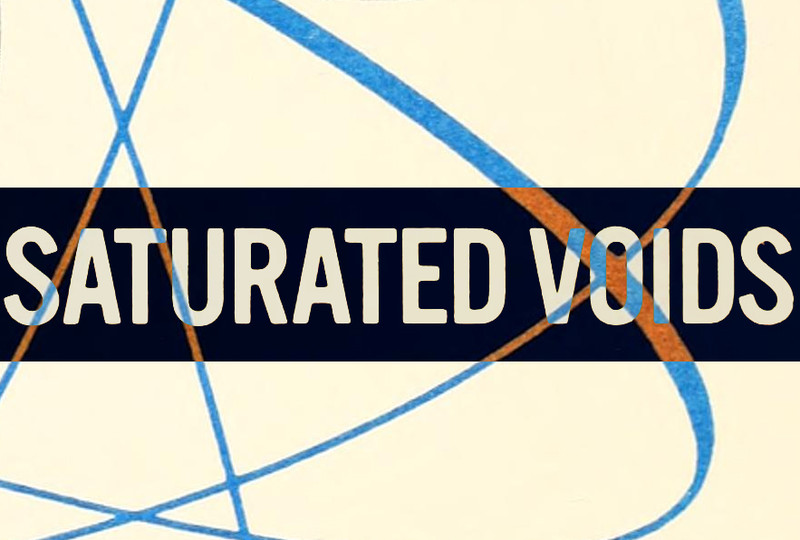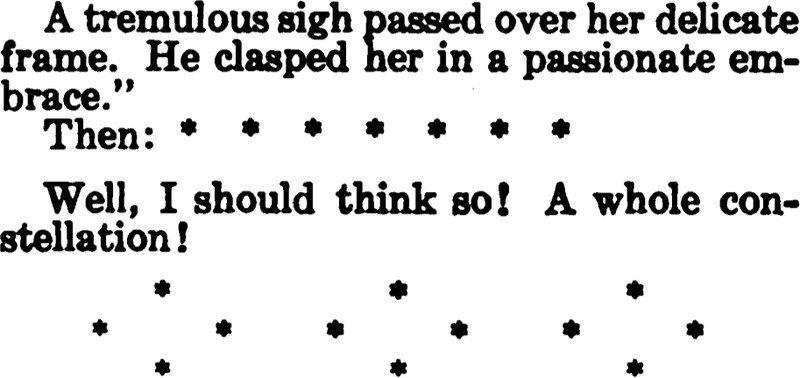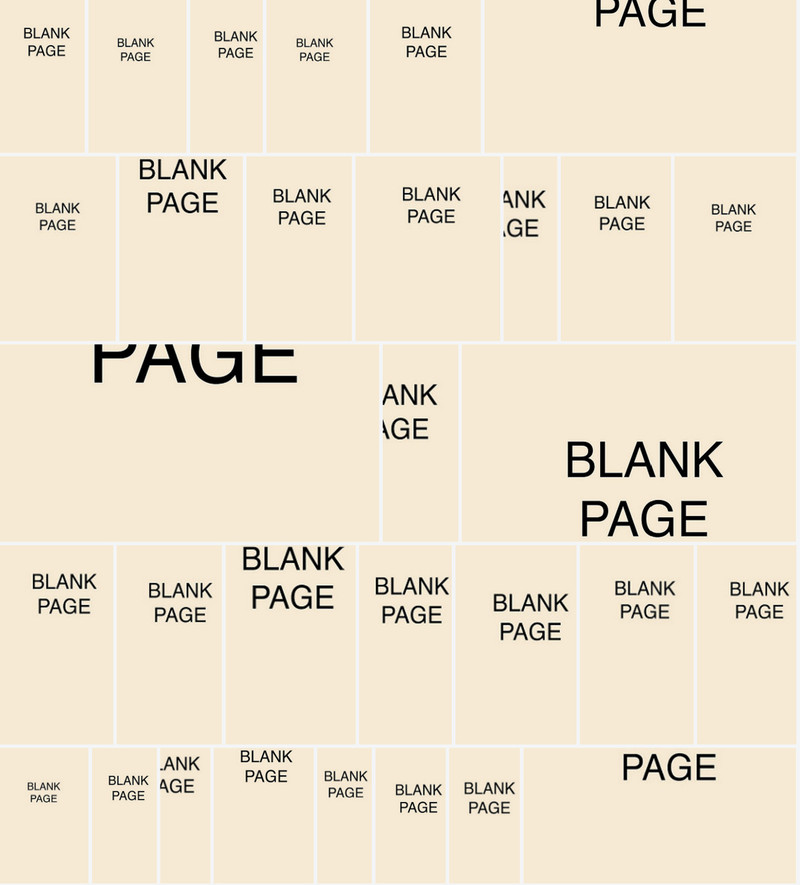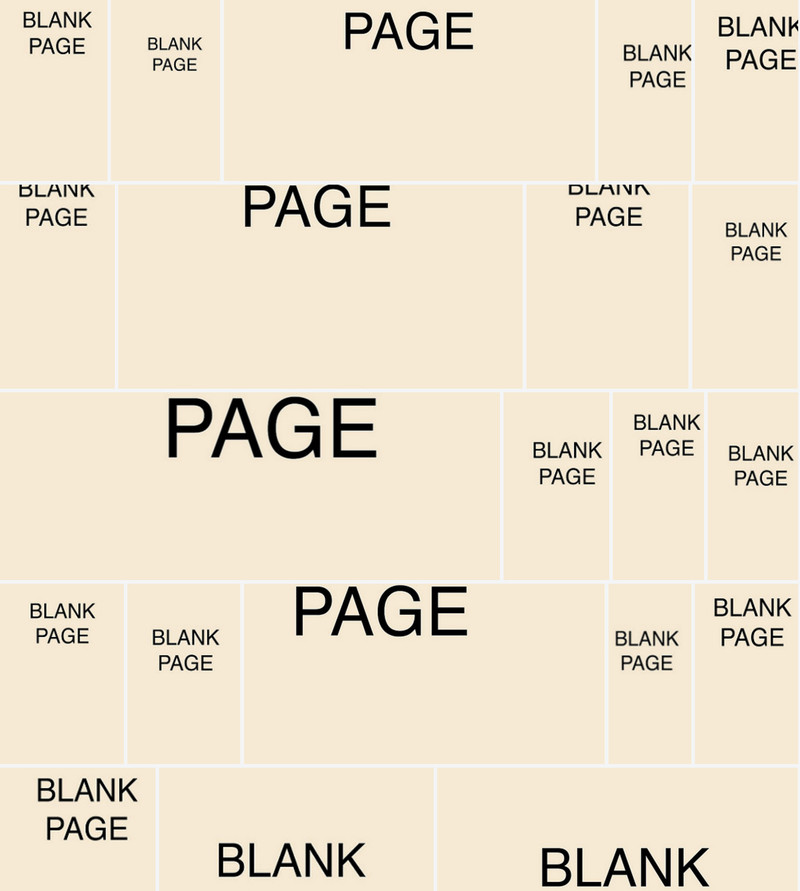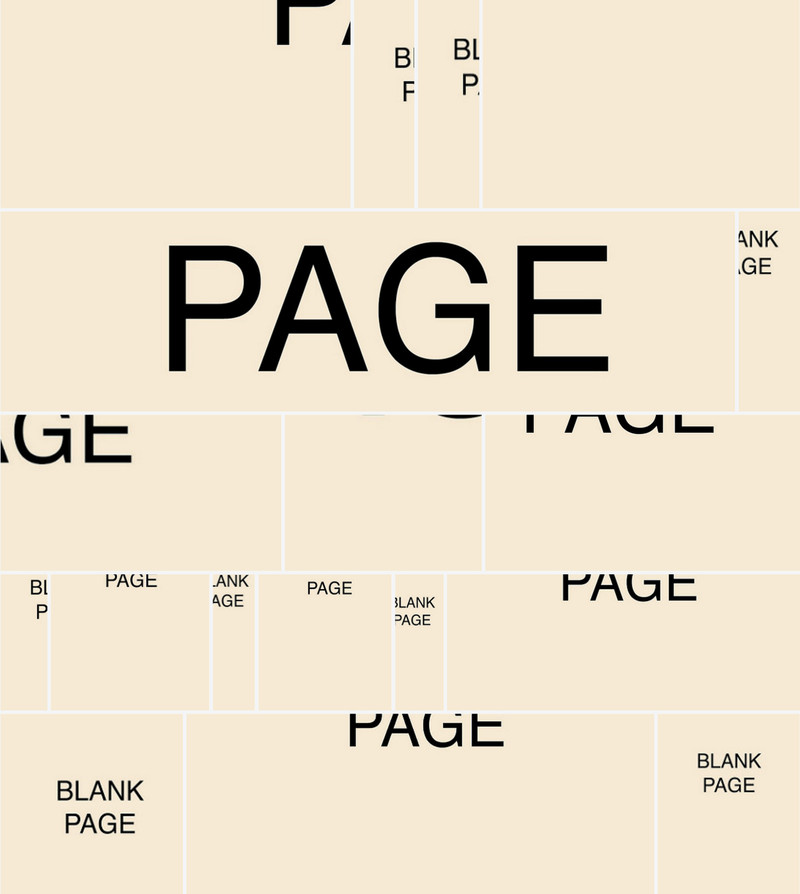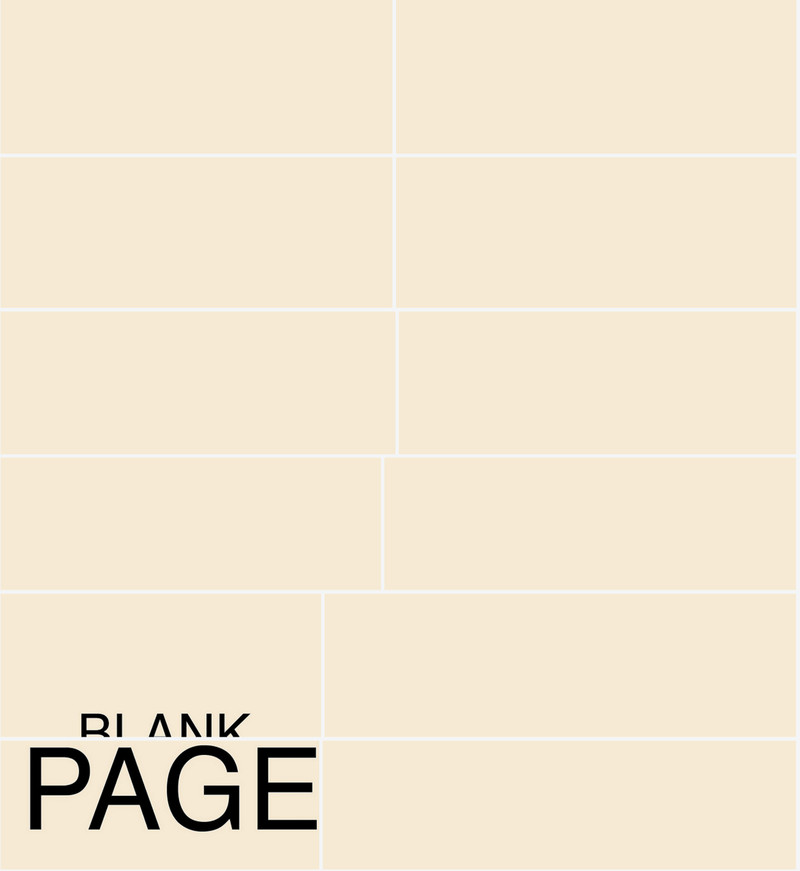
 |
|
|
 |
 |
 |
Here's some maledicta from Hearst's Magazine, 1913. How many can you decode? We've translated them as follows:
The circle overlapping an asterisk, followed by three exclamation points, means "asshole."
The D with a period means "damn."
The lopsided M with its four strokes means the four-syllable "motherfucker."
The lopsided H with its long cross stroke is a very cross "Hell."
But what about the I and question mark? We couldn't find a single list of swear words that included any beginning with I. Yet the letter I is in itself a swear word. "'I' is a curse: 'I' is the labeled 'I' of oppression and condemnation. 'I' feels itself superior to other 'I's" ( Lily Splane, "Elegy for the 'I,'" Quantum Consciousness).
|

 |
As Selwyn Eagle has said, "Sometimes the most unlikely sources can be the most useful." Also, we recall that "In a sense 'English' is a bit of a fiction. There is no one English, no one monolithic entity with a fixed, unchanging set of linguistic features. Rather, the label 'the English language' is a convenient shorthand for what is a remarkable assortment of different varieties" (Borjars & Burridge, Introducing English Grammar, 2013).

Correctly English in Hundred Days.
|


 |
"The letter that I didn't write is here," altho' it's only a wish. From 1911.
|




 |
|
|
 |
 |
 |
For what this means, see (or course) our very own One-Letter Words: A Dictionary (and though the hardcover is out of print, the e-version remains "out there"). Our illustration is from The Galaxy magazine, 1866.
|

 |
|
|
 |
 |
 |
"Saturated void" is a geotechnical term, but Tim Flohr Sørensen uses it to describe a cemetery:
It may appear rather straightforward to connect cemeteries with the notion of absence. After all, a cemetery is most often seen as a place for the dead, who are frequently conceived as absent, gone, missing or lost. The state of being — or non-being — of the dead is otherwise poorly defined, and may simply be considered a form of "no moreness." At the same time, the cemetery can be said to contain the absent, because it is ordinarily a place where prolonged spatial and material relations to the deceased are allowed to exist as opposed to e.g. a mass grave, where the dead are meant to disappear. ... [Cemeteries are] places of highly complex incorporations of presences and absences. ... [A]bsence is articulated and perceived as an emotional rupture but also as concrete and material voids. Likewise, presence is articulated both as the physical being-there and the feeling of nearness and immediacy in the midst of the fragmentation posed by the death of a relative. ("A Saturated Void: Anticipating and Preparing Presence in Contemporary Danish Cemetery Culture," An Anthropology of Absence)
|








 |
Here's just a sampling of all 264 blank pages that Flickr displays for the book Atlas Ichthyologique des Indes Orientales Néêrlandaises, 1862. Perversely, not a single one of the beautiful color illustrations from the book was scanned. To be clear, blank pages (most all of which are labeled as such, technically rendering them non-blank in the process) are the only pages from this book that the Internet Archive uploaded to Flickr. We're merely trying to find some inadvertent visual poetry in the void.
|


 |
The Oozlefinch, mascot of the Coast Artillery, Fort Monroe, Virginia. "This bird flies backwards in order to keep the dust out of his eyes, and he is so bashful that when he sees someone — he swallows himself!"
|

Page 45 of 73

> Older Entries...

Original Content Copyright © 2025 by Craig Conley. All rights reserved.
|













